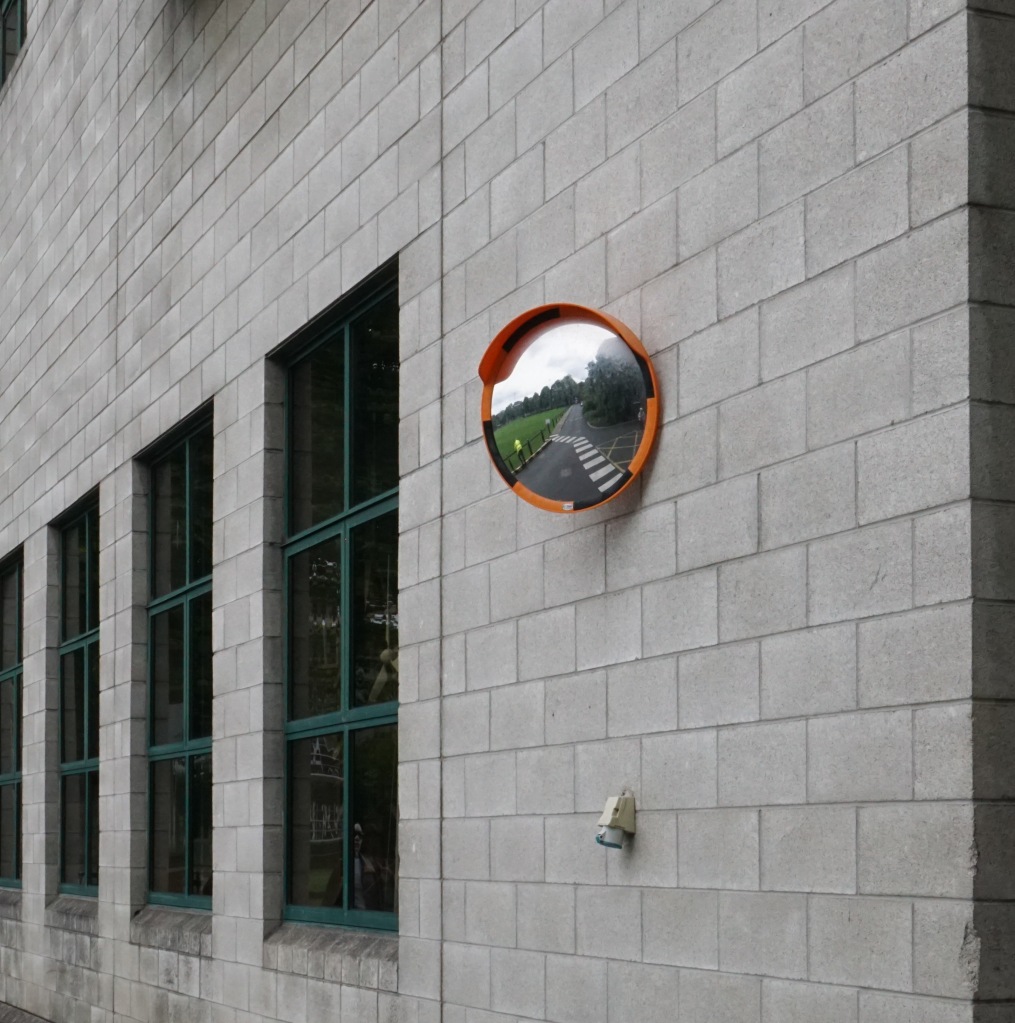In front of the Irish Emigration Museum, on the bricked bank of the River Liffey, the suffering wrought by the Great Hunger is visible to all who walk on the Quai and meet these sculpted portraits of despair.




Called Famine, in the words from the artist: “I feel the sculpture is not complete until the figures are crossing a sea of names, names cast in bronze, and set into the cobbled surround, thousands of names, names of those who have pledged to care”. Rowan Gillespie
In 1845 the potato crop was infested with a disease which killed the harvest that year and for 7-8 more years. I learned about the Irish potato famine in grade school but not the whole story. Ireland still had plenty of food to send to the British, just not to the starving farmers and poor citizens. Historians have determined food was exported in even larger quantities during the blight while a million Irish people died and another million became refugees. “In cases such as livestock and butter, research suggests that exports from Ireland may have actually increased during the Potato Famine.”
Dublin. So many contrasts – the urbane rests easily beside the rough. Modern architecture may seem odd and out of context next to the symmetry and geometric balance of classical Georgian style. But in Dublin, as the elegance of both edge up to a messy urban atmosphere, the mish-mash seems oddly okay.
Locals opened their arms to help, or just to engage in a little happy banter. Irish DNA must be coded to tell stories to entertain, enchant, and educate. And to be purpose driven but ever ready for a pint.













The best bakery is under the railroad bridge. When you see the woman with the roots, it is there that the sweet aroma of fresh baked pastries will lure you inside. Graffiti does not always act as a landmark, and may speak loudly of chaos but I cannot help but heed it’s noisy call.










Some advertise, some suggest a story, most are better than the obstruction of a pitch black wall.




This was a three day walk-about with purpose – to see, hear, taste and touch Dublin, to feel Dublin, on the way to visiting museums, galleries, live theatre, poetry readings, churches and college. All before the most amazing week long food and archeology tour created by Bill and Christina Schindler, founders of the non-profit Eastern Shore Food Lab in Chestertown, MD.











Onward, Westward to County Mayo


